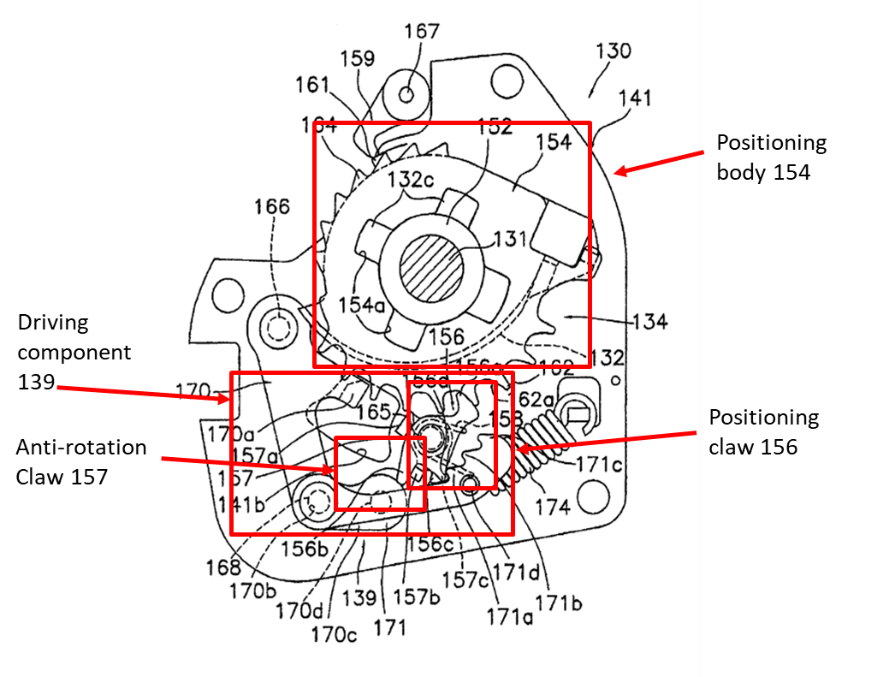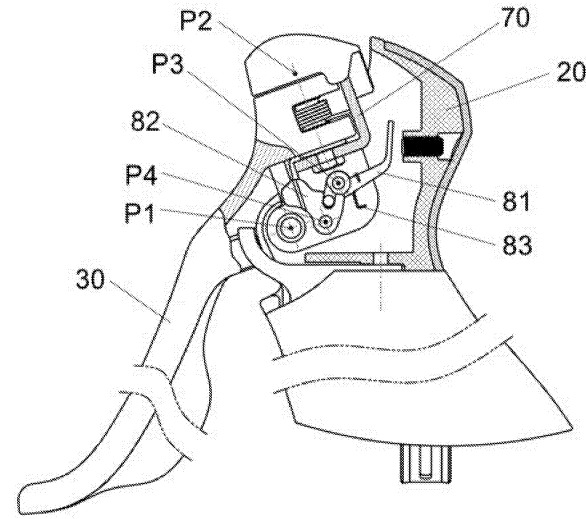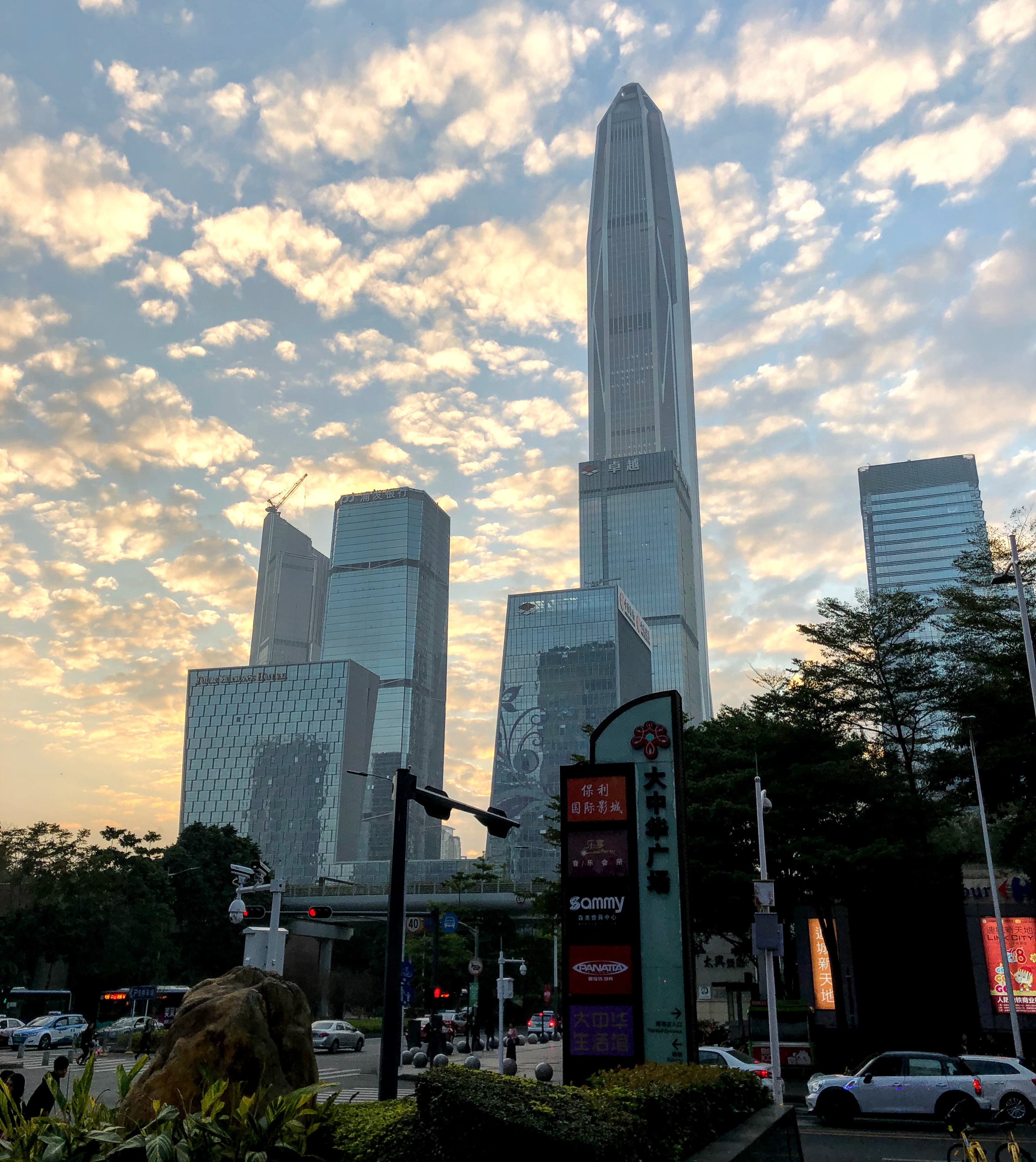Every year in the spring The Supreme People’s Court of PRC announces its “Top 10 Intellectual Property (IP) cases” and “50 typical IP cases in Chinese courts” of the year. Although not having precedential weight, these cases serve as a reference and guide people’s courts at all levels regarding their intellectual property trials. It’s always interesting to see which cases get chosen, since it reflects what concepts and messages the Courts want to highlight to the public. Below, we highlight one of the 50 typical IP cases.
Shimano KK v SENSAH Smart Sports Equipment Co., Ltd
[(2019) Supreme Court Minshen No.5466]
In China, cases can turn completely on a single determination of whether a feature in a claim is considered a functional feature or not. Why? If a claimed feature is considered a purely functional feature, the courts will narrowly construe the feature based on the scope of the specific embodiment described in the specification, not unlike “means + function” claims in the US. This interpretation almost always leads to a much narrower claim scope, which ultimately hurts the patentee.
However, most claims are not so simple, and often will contain language that could arguably contain a mix of functional and structural language. Where does the court draw the line, and how does it decide?
The case that we will be discussing today, which is one of the Top 50 Representative IP Cases in China, provides guidance on the approach of the Supreme Court in dealing with this issue.
Brief Summary
Shimano KK is a Japanese company who holds a granted Chinese Patent (CN100548792C) (hereinafter referred to as “the patent”) for a speed changing operation device installed on a bicycle. In 2015, Shimano sued SENSAH, a Chinese sports equipment manufacturing company, for infringing the patent. The alleged infringing product RX3 x 10S is a bicycle speed shifter produced by the defendant.
The case was heard at first instance in The Guangzhou IP Court, which held that the alleged product fell within the scope of claims 1, 3, 4, 11, 12, 14, 18-20 of the patent, and thus constituted an infringement. The court ordered an injunction and compensated the plaintiff a total of RMB330, 000.
SENSAH appealed to the High People’s Court of Guangdong Province (“The Guangdong High Court”). In its judgment on 8 April 2019, The Guangdong High Court reversed the decision of the Guangzhou IP Court and ruled that the alleged product did not fall within the scope of the above claims and thus no infringement was found. In response to the judgment, Shimano KK filed a petition for retrial to the Supreme People’s Court (“The Supreme Court”).
Upon examination of the case, the Supreme Court ruled on 30 December 2019 to reject the retrial petition and maintain the Guangdong High Court’s decision that there is no infringement.
The Judgment
The question presented to the court is whether the alleged infringing product fell within the scope of protection of Shimano’s patent. The key focuses of the dispute are:
(1) whether the technical features as recited in claim 1(c) and claim 18(b) are functional features; and
(2) whether the alleged infringing product falls within the scope of the functional features in these claims.
Claim 1 reads as follows:
1. A speed changing operation device for a bicycle, characterized in that it comprises:
- a mounting portion that is mountable on the bicycle;
- a cable locking body movably mountable on the mounting portion in a cable pulling direction and a cable releasing direction;
- a position holding/releasing mechanism, selectively holding the cable locking body in any one of a plurality of holding positions;
- a 1st operating unit movably mounted on the mounting portion in a first direction and a second direction, wherein the position holding/release mechanism operates in response to the movement in the first direction and the second direction, such that the cable locking body moves towards the cable releasing direction respectively.
Claim 18 reads as follows:
18. The speed changing operation device for a bicycle in claim 4, characterized in that:
- the cable locking body is movably mounted on the mounting portion along the first plane;
- the position holding/releasing mechanism includes a positioning body having a plurality of positioning teeth, and a positioning claw that moves in a planar position parallel to the first plane between an engaging position engaged with the positioning teeth and a releasing position not engaged with the positioning teeth, selectively holding the cable locking body in any one of a plurality of holding positions;
- the input member is movably mounted on the mounting portion in the first direction and the second direction, wherein the positioning claw of the position holding/release mechanism operates in response to the movement in the first direction and the second direction, such that the cable locking body moves towards the cable releasing direction respectively.
Issue 1: Whether the technical features as recited in claim 1(c) and claim 18(b) are functional features
Shimano KK argued that the claimed features in both claims are not functional features because they include clear structural and positional features of the components.
On the issue above, all three courts are unanimous in their decisions that the technical features as recited in claim 1(c) and claim 18(b) should be deemed as functional features.
As defined in Article 8 of the Interpretation (II), functional features are the technical features which define the structures, components, their relationships thereof through their functions or effects in the invention. This does not include the features whose specific implementations for achieving the aforesaid function or effects can be directly and explicitly determined by one skilled in the art through reading the claims.
With regards to the technical feature of “a position holding/releasing mechanism, selectively holding the cable locking body in any one of a plurality of holding positions” in claim 1, the Supreme Court held that it is a functional feature as it only describes the function or effect without describing any specific implementation and specific structure to achieve the aforesaid function.
With regards to the technical features as recited in claim 18 (b), the Supreme Court held that although the claim is further limited by additional features such as “positioning body, positioning teeth, positioning claw”, they are still expressed in terms of functions and effects rather than defining the specific implementations such as specific structures and connection relationships. By only reading the claimed feature, one skilled in the art is still unable to directly and explicitly determine the specific implementation for achieving the aforesaid functions or effects. Therefore, it is still deemed as a functional feature.
Issue 2: Whether the alleged infringing product fell within the scope of the functional features in claims 1 and 18
It is important to note that when a technical feature is deemed to be a functional feature, the scope of the feature is defined by the specific embodiments disclosed in the specification and drawings.
For the purpose of finding infringement, Article 8 of the Interpretation (II) provides a guideline for determinimg if the alleged infringing technical solution is considered identical with or equivalent to the functional features in the claim.
A comparison should be made between:
- the corresponding technical features of the alleged infringing technical solution, and
- the indispensable technical features for achieving the functions or effects of the functional features as disclosed in the specifications and the figures.
If both of them use substantially the same means, achieve the same functions, obtain the same effects, and can be achieved without involving inventive step by a skilled person in the art at the time of the alleged infringement, they are considered identical or equivalent and the alleged product will fall within the scope of the patent.
The indispensable technical features
Following the guideline above, the court first charted out the indispensable technical features for achieving the functions/effects of the functional features recited in claims 1 and 8.
The Supreme Court found that the speed changing operation device as disclosed in the specification and drawings contained various parts that worked with each other in order to achieve two functions: single-level release and multi-level release of the gear. With regards to the functional feature of “selectively holding the cable locking body in any one of a plurality of holding positions” as recited in claim 1 (c), the Supreme Court held that “any one of a plurality of holding positions” indicated that the functional feature in claim 1 achieved both the functions of (1) single-level release in a single operation and (2) multi-level release in a single operation.
To achieve both of these functions at the same time, the court held that the specific embodiment must at least involve the following indispensable technical features as disclosed in the specifications and drawings (as highlighted in Fig 12 below):
- Positioning body 154 and its various sub-parts
- Positioning claw 156 and its various sub-parts
- Anti-rotation claw 157 and its various sub-parts
- Driving component 139 and its various sub-parts

The alleged infringing product
When comparing the alleged infringing product with these indispensable technical features as disclosed in the patent, the Guangdong High Court (Second Instance) found that the difference between the two are:
- The alleged infringing product lacks the technical feature of an “anti-rotation claw”.
- The “driving component” and the “positioning claw” of the alleged infringing product are a single integrated unit with no means of engagement and separation with each other (as opposed to the claimed features).
As such, the Guangdong High Court held that the alleged infringing technical solution is not using substantially the same means with the functional features in claims 1 and 18 to achieve the same functions, thus they are not considered identical or equivalent. No infringement was found.
In furtherance of the Guangdong High Court’s analysis, the Supreme Court ruled that the alleged infringing product could only achieve the function of single-level release but not multi-level release. It follows that if the functions defined by the functional features in the claim include multiple aspects (on the facts, single-level release and multi-level release), and the alleged infringing technical solution can only achieve part (i.e. single-level release) but not all the functions, the functions of the two are deemed to be substantially different and would not constitute infringement.
Accordingly, the Supreme Court upheld the decision of the Guangdong High Court that there is no infringement and reject the petition for retrial by Shimano KK.

SENSAH that is relevant to the alleged infringing product)
Concluding Thoughts
This case, along with other recent cases from the Top 10 IP cases (Valeo v Lucas, Fuke, & Chen) or Typical 50 IP cases of the year (Shenzhen Laidian Technology Co., Ltd v Shenzhen Jiedian Technology Co., Ltd and Hunan Oceanwing E-commerce Co., Ltd), shows that the Supreme Court is putting much emphasize on how to deal with functional features in a claim.
The present case serves as a reference to Chinese courts on how to use Article 8 of the Interpretation (II) in patent infringement disputes to determine the protection scope of claims with the functional features.
Importantly, the present case shows that claim scope might be unfavorably narrowed if a technical feature is deemed to be a functional feature, making it more difficult for a patentee to sue for infringement even if the alleged infringing product is quite similar in function. It appears that structural language is crucial, and merely having functional language or even positional language alone is insufficient. However, we do not believe that the Court is unduly harsh in finding these features functional. Instead, the way the technical problem and technical effects are described also play important roles in the selection of the features to be included within the scope of the function.
Therefore, it is important to consider whether the key technical features of an invention need to be tied to multiple technical effects. In addition, it is important to make sure that the technical features are fully, properly defined both structurally and functionally in the specification as well as in the claims using as many different ways as possible. It is also good practice to include as many alternate embodiments of the invention in the specification as possible, on the off chance that certain function features are still interpreted to be functional claims.
About the Authors

Eddie Ho is a Patent Scientist at Eagle IP, a Boutique Patent Firm with offices in Hong Kong, Shenzhen, and Macau.

Jennifer Che, J.D. is Vice President and Principal at Eagle IP, a Boutique Patent Firm with offices in Hong Kong, Shenzhen, and Macau.

Dr. Jacqueline Lui is Founder and President of Eagle IP, a Boutique Patent Firm with offices in Hong Kong, Shenzhen, and Macau.




